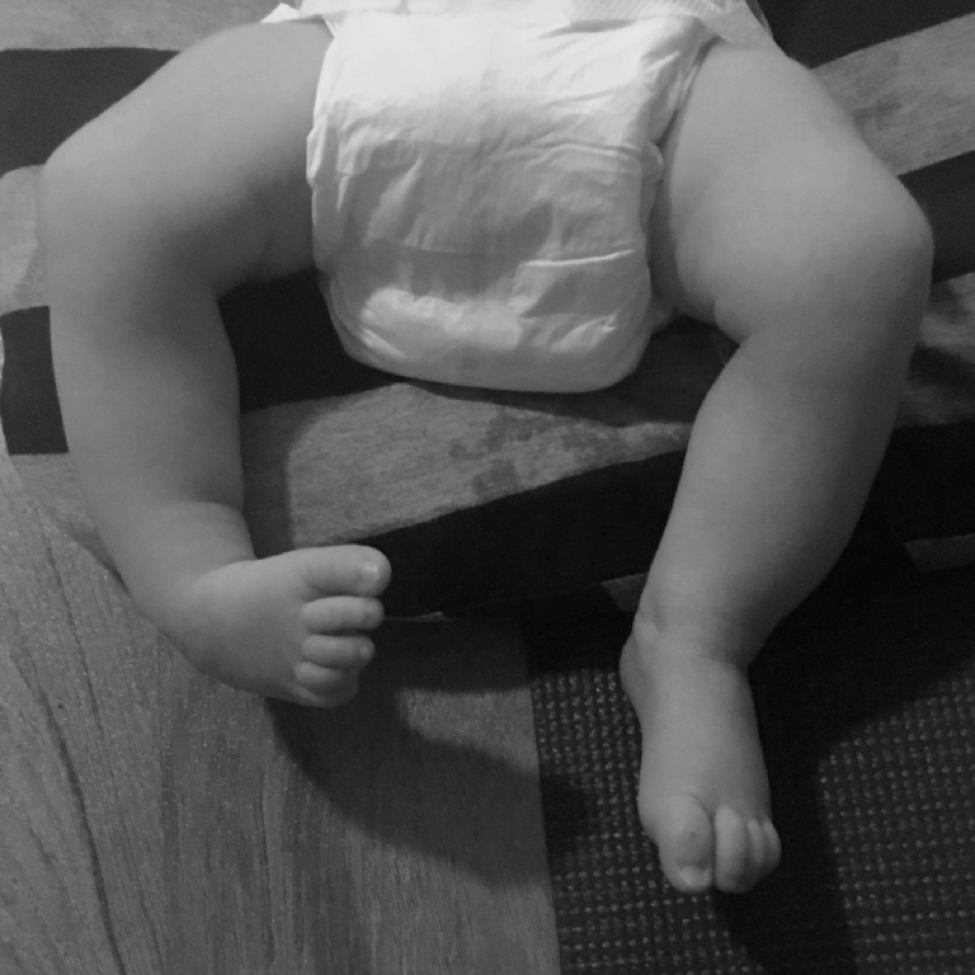What is Clubfoot?

Clubfoot.
Talipes equinovarus, or Clubfoot, is a foot irregularity which can impact both feet (bilateral) or impact only one foot (unilateral).
A normally developed foot changes into a clubfoot during the second trimester of pregnancy. Various soft tissues in the leg develop differently, this results in short muscles, tendons and stiff ligaments. This impacts the positions of the bones within the feet, and gives it the following characteristics at birth:
- Cavus – the foot has a high arch.
- Adductus – the foot turns inwards toward big toe.
- Varus – the heel turns inwards in relation to the lower leg.
- Equinus – the foot points downward.
Clubfoot can be categorized into three different types:
Idiopathic Clubfoot
“Also known as talipes equinovarus, idiopathic clubfoot is the most common type of clubfoot and is present at birth. This congenital anomaly is seen in one out of every 1,000 babies, with half of the cases of club foot involving only one foot. There is currently no known cause of idiopathic clubfoot, but baby boys are twice as likely to have clubfoot compared to baby girls” (hopkinsmedicine).
Neurogenic Clubfoot
“Neurogenic clubfoot is caused by an underlying neurologic condition. For instance, a child born with spina bifida. A clubfoot may also develop later in childhood due to cerebral palsy or a spinal cord compression” (hopkinsmedicine).
Syndromic Clubfoot
“Syndromic clubfoot is found along with a number of other clinical conditions, which relate to an underlying syndrome. Examples of syndromes where a clubfoot can occur include arthrogryposis, constriction band syndrome, tibial hemimelia and diastrophic dwarfism” (hopkinsmedicine).

Atypical Clubfoot
- signs at birth.
- lateral crease present at birth.
Complex Clubfoot
- no signs present at birth.
- lateral crease forms.
- big toe hyperextends.
- foot becomes short, fat.

